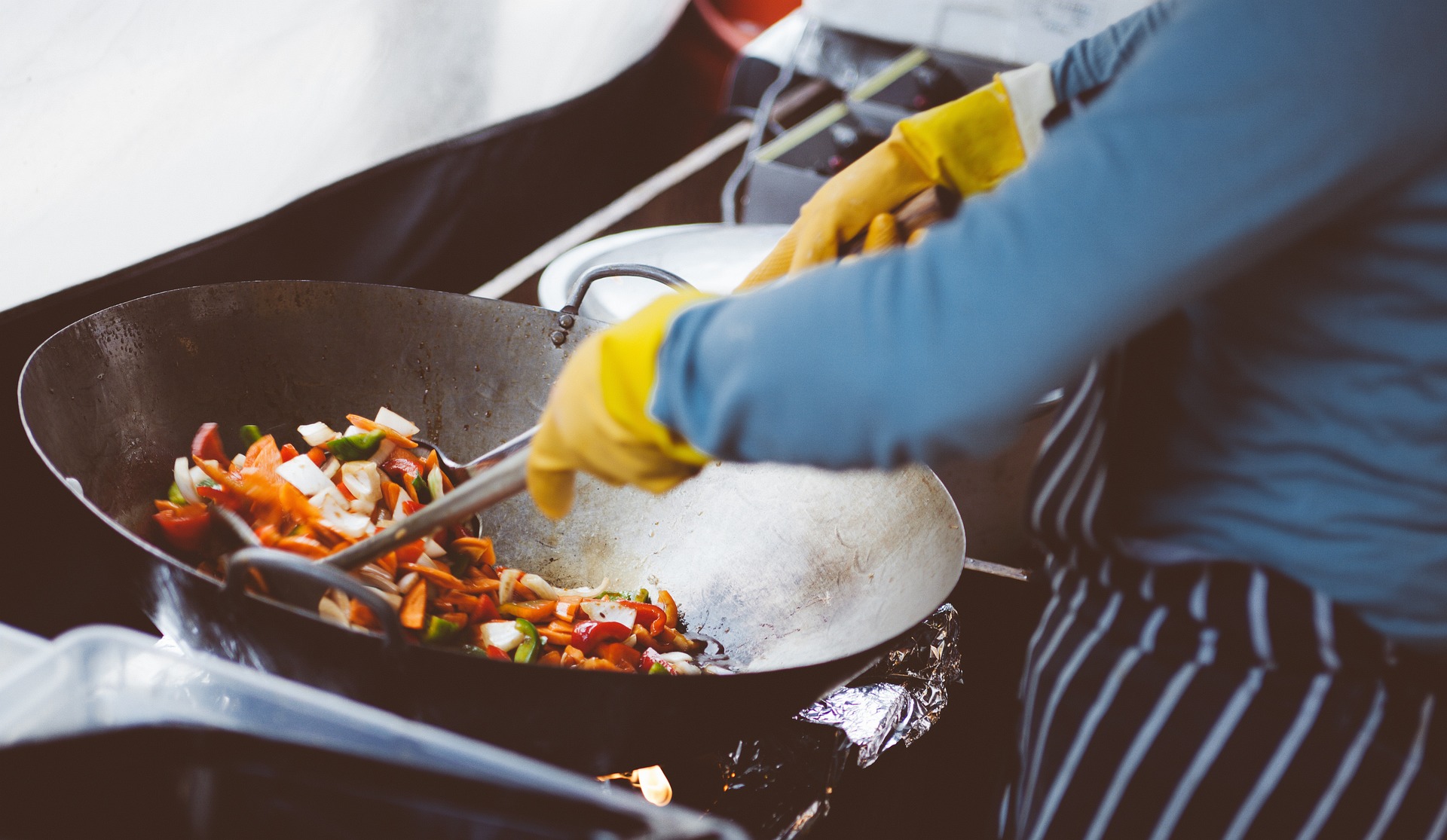Discover the Aesthetics of Korean Table Setting: Hansik
Korean cuisine, also known as Hansik, is creating waves in the American culinary world. In this article, we delve into the modern allure of Korean table setting and its impact on gastronomic experiences.
Hansik 101: Taste Meets Balance
Hansik - the Korean dining tradition - enhances meals with an array of flavors, colors, and nutritional balance. It’s a delicious blend of culture, belief, and aesthetics. A standard meal might include a central bowl of rice, soup, meat or fish, and complementing side dishes - called banchan.
The Art of Set Table
The Korean table setting, referred to as ‘tablescaping’, is a feast for the eyes. It employs the concept of yin-yang and five elements - wood, fire, earth, metal, and water. The colors, shapes, and arrangements of dishes are carefully curated, creating an appealing balance that is both comforting and stimulating.
Unraveling the Banchan Delight
A Hansik table has multiple banchan - side dishes - that vary in taste and texture. From spicy Kimchi to sweet Japchae - stir-fried glass noodles - banchan enriches the culinary journey. This Korean gastronomic delight is now a staple in several American homes, with thematic parties becoming more common in the States.
Korean Beverages: Serving up Tradition
Hansik isn’t complete without traditional Korean beverages. Sujeonggwa, a sweet and spicy chilled beverage, and Makgeolli, a milky rice wine, are served either with meals or as a palate cleanser. They add another layer of cultural authenticity and enhance the dining experience.
Korean BBQ: Sizzle and Savor
In recent years, Korean BBQ has penetrated American food culture with its tantalizing flavors and communal dining style. Diners enjoy the playful choreography of grilling meats at the table, a trend that not only satisfies the palate but also quenches the social soul.
Interesting Facts:
- Korean meals are designed with the principles of balance and harmony.
- Hansik was listed as a UNESCO Intangible Cultural Heritage in 2013.
- Modern Korean restaurants popularize the 'Hansik meets the West' concept, remixing traditional dishes for a unique culinary experience.
In this era of globalization, bridging the gap between cultures through food has never been more relevant. As we continue to embrace and appreciate diverse cuisines like Hansik, we not only broaden our culinary horizons but also become a part of the global gastronomic tapestry. So the next time a Korean restaurant piques your curiosity, remember that you’re not just indulging in a meal but a cultural symphony of sight, taste, and nutrition. Enjoy your Hansik!







